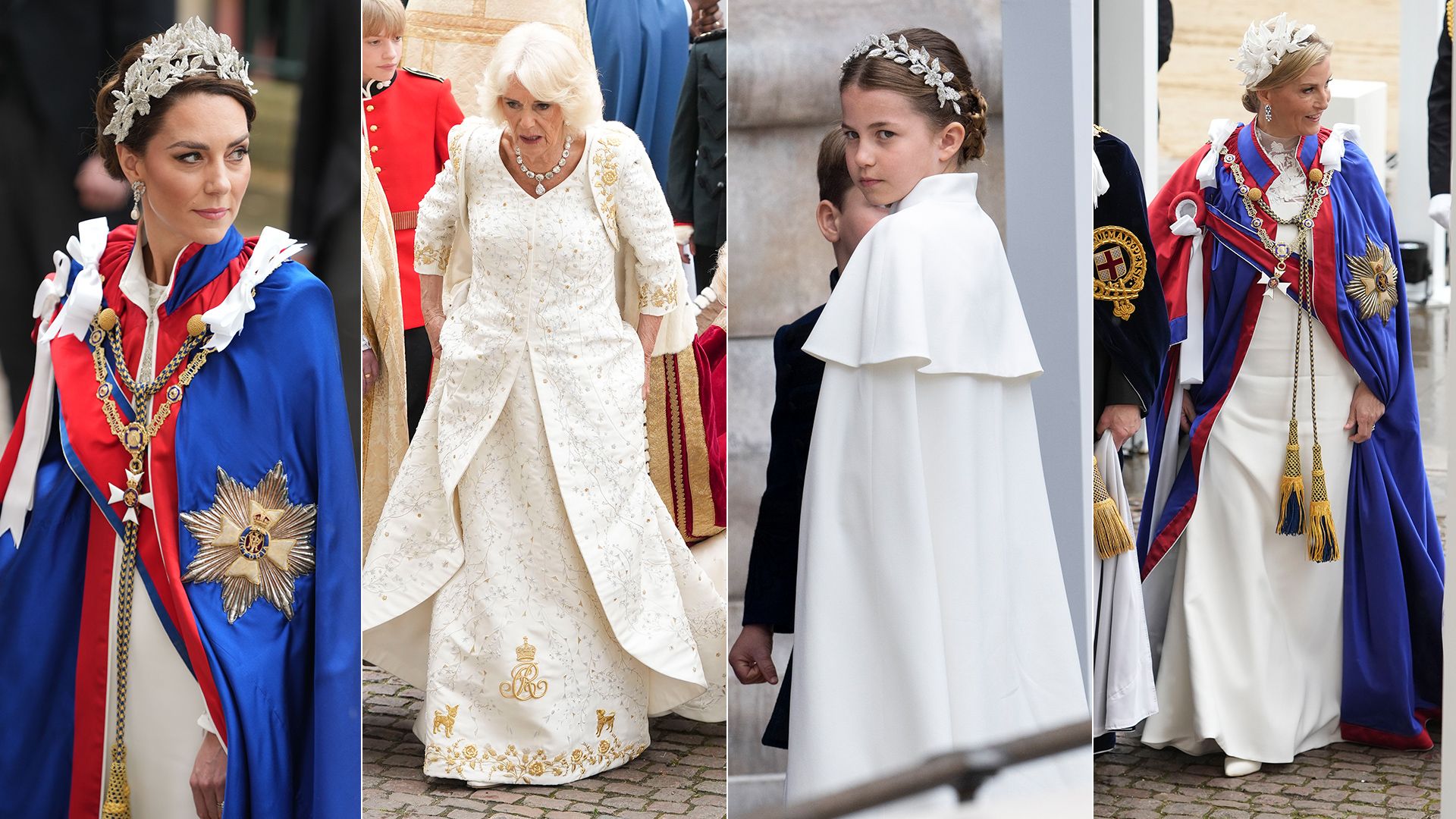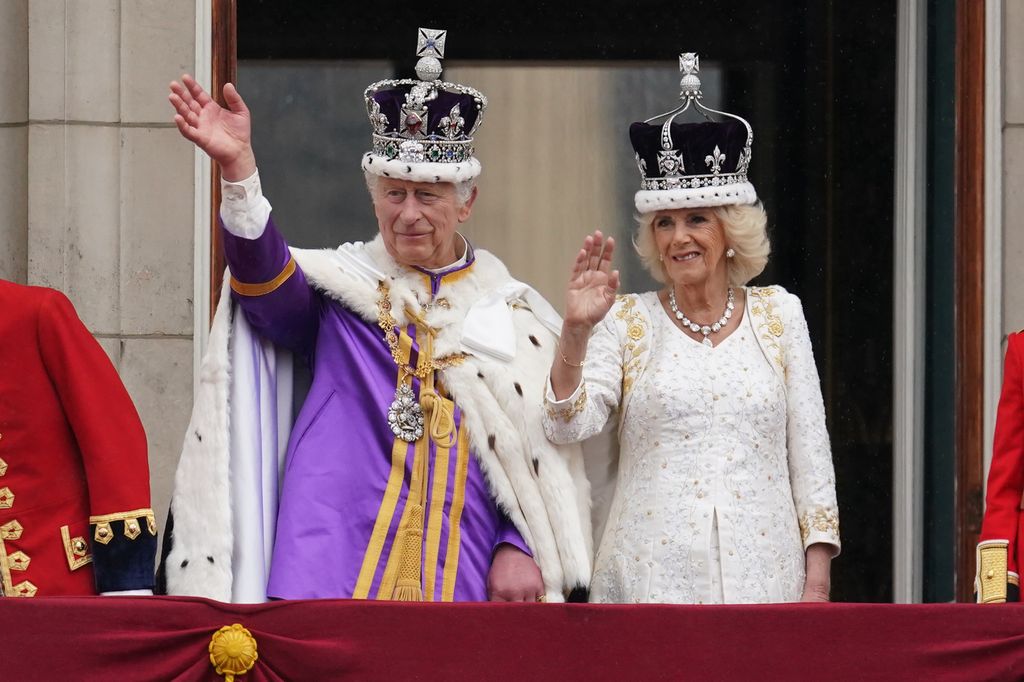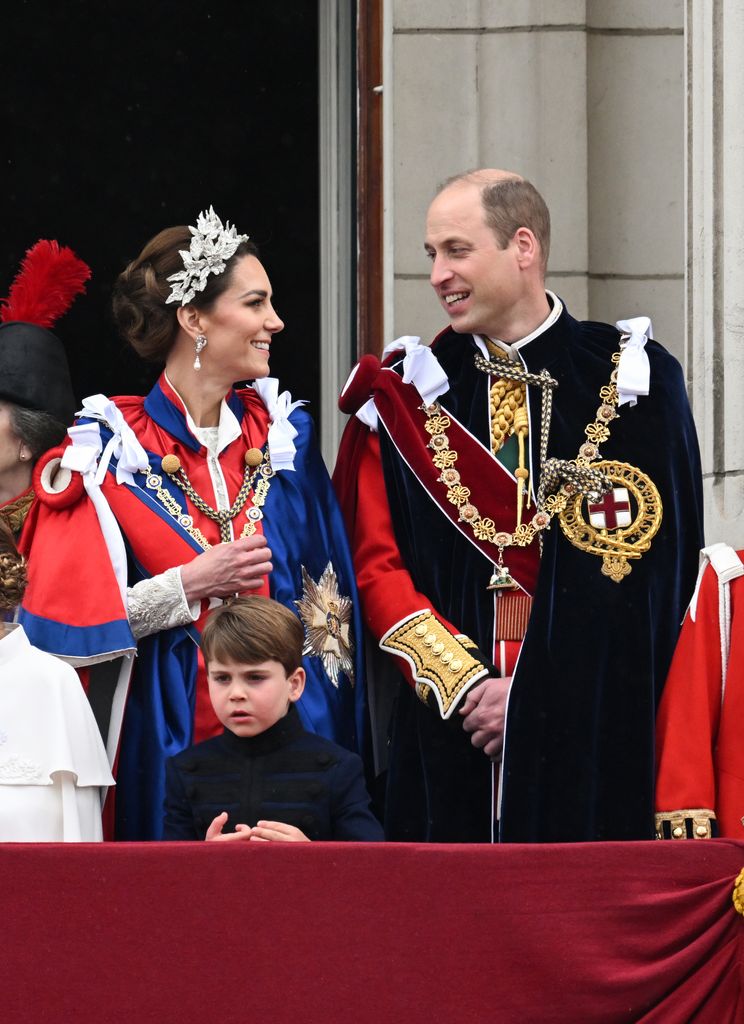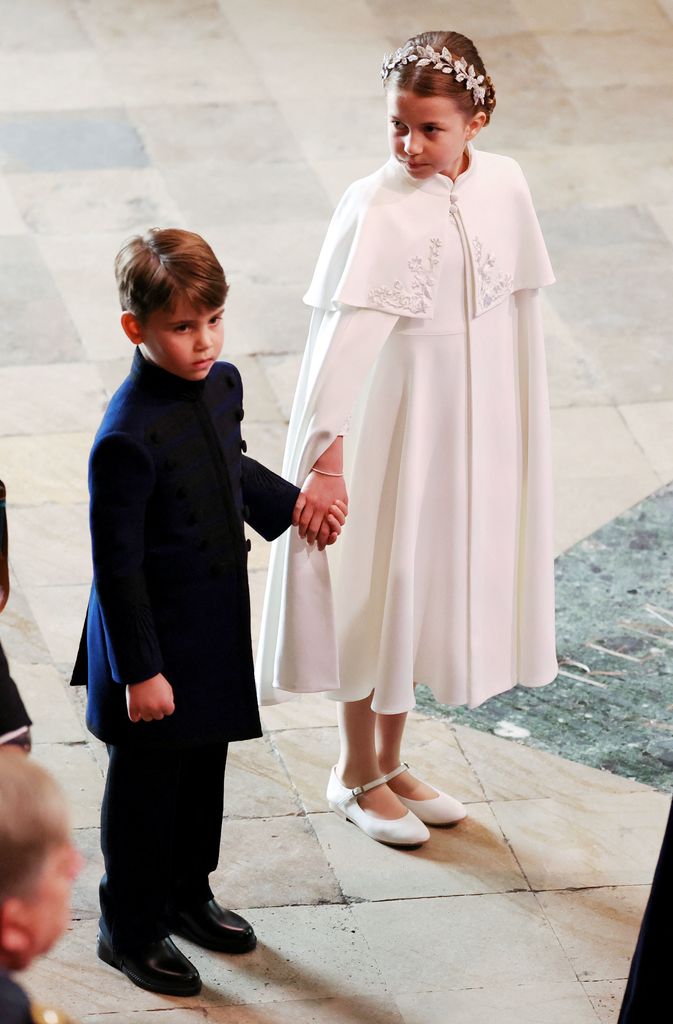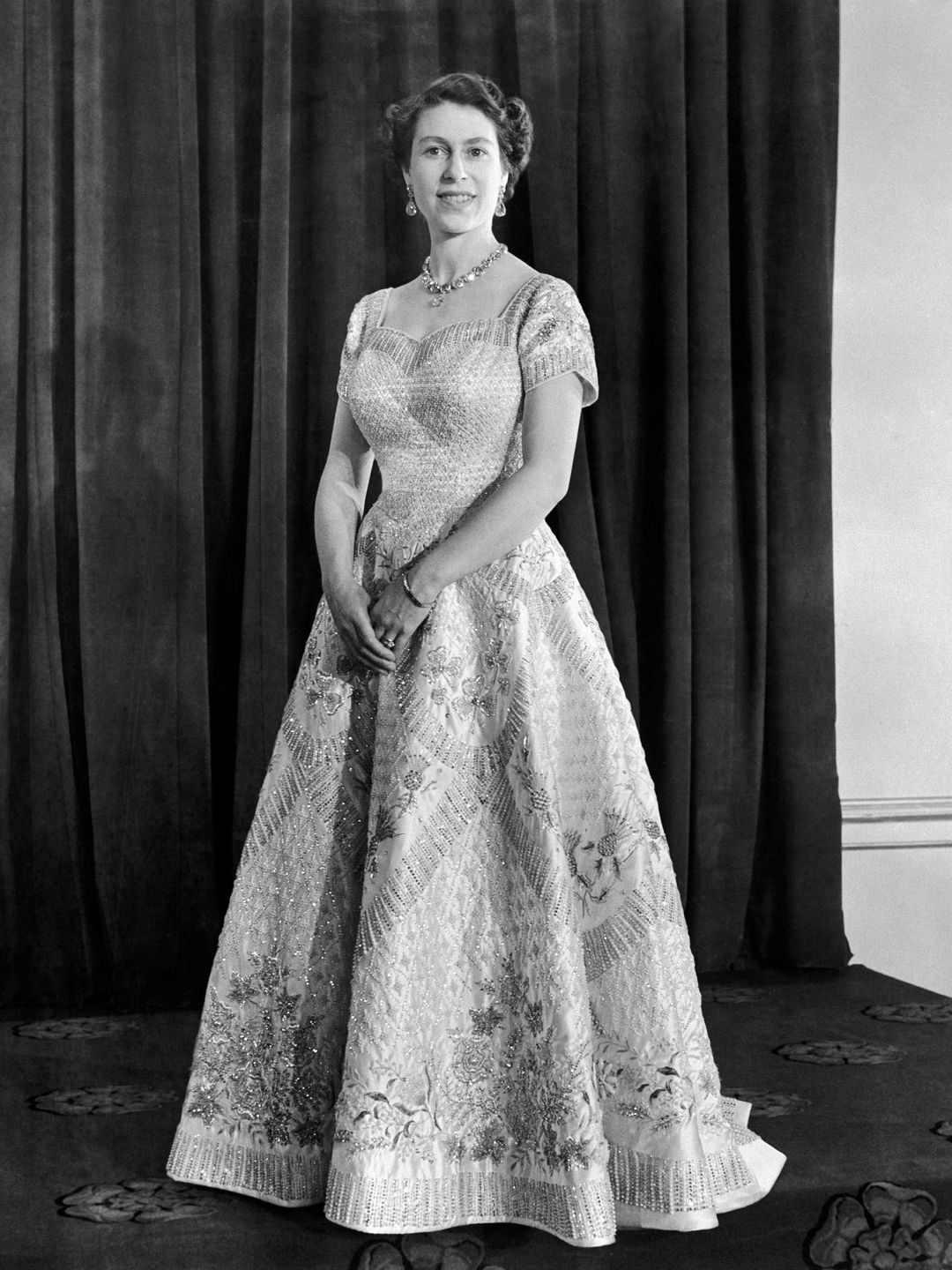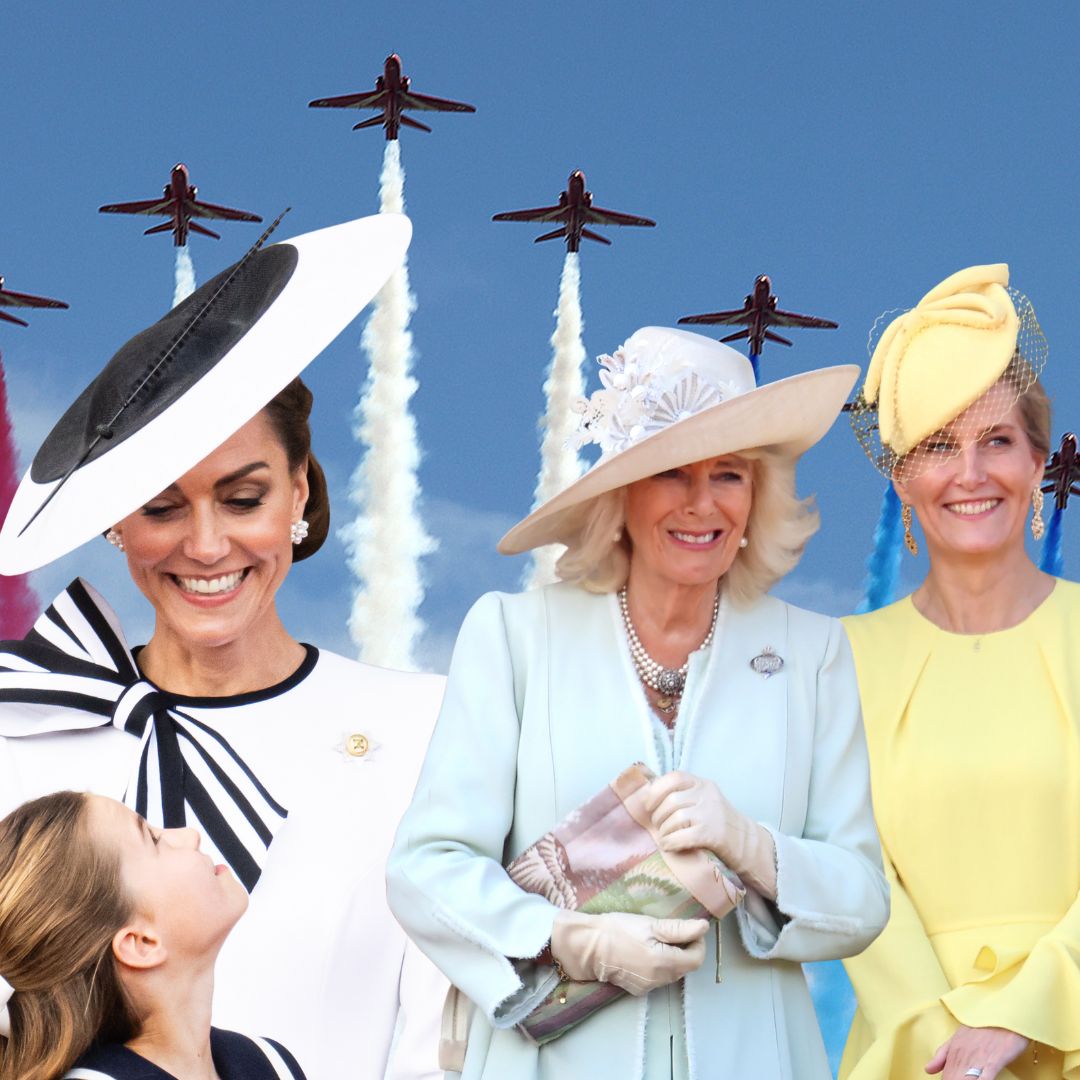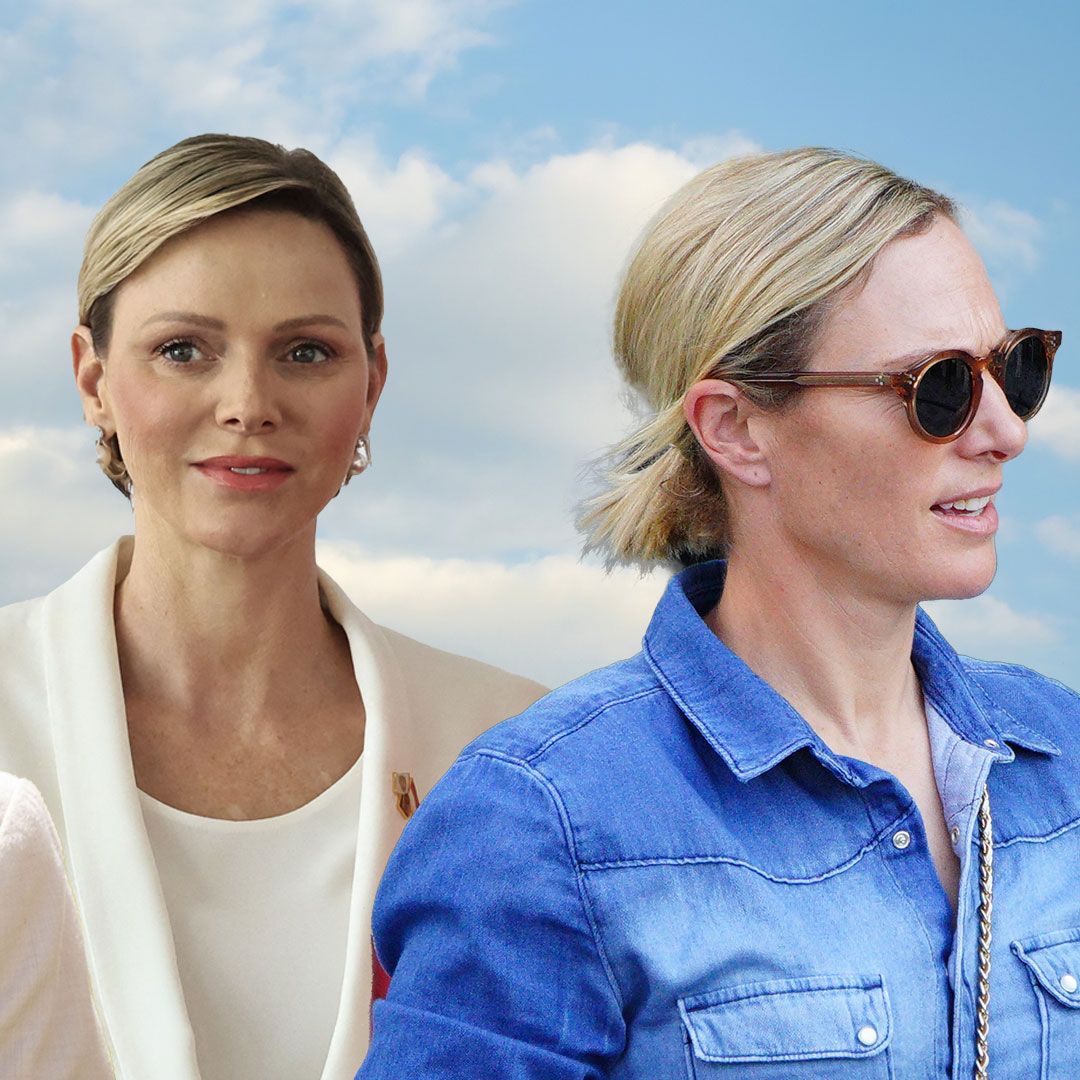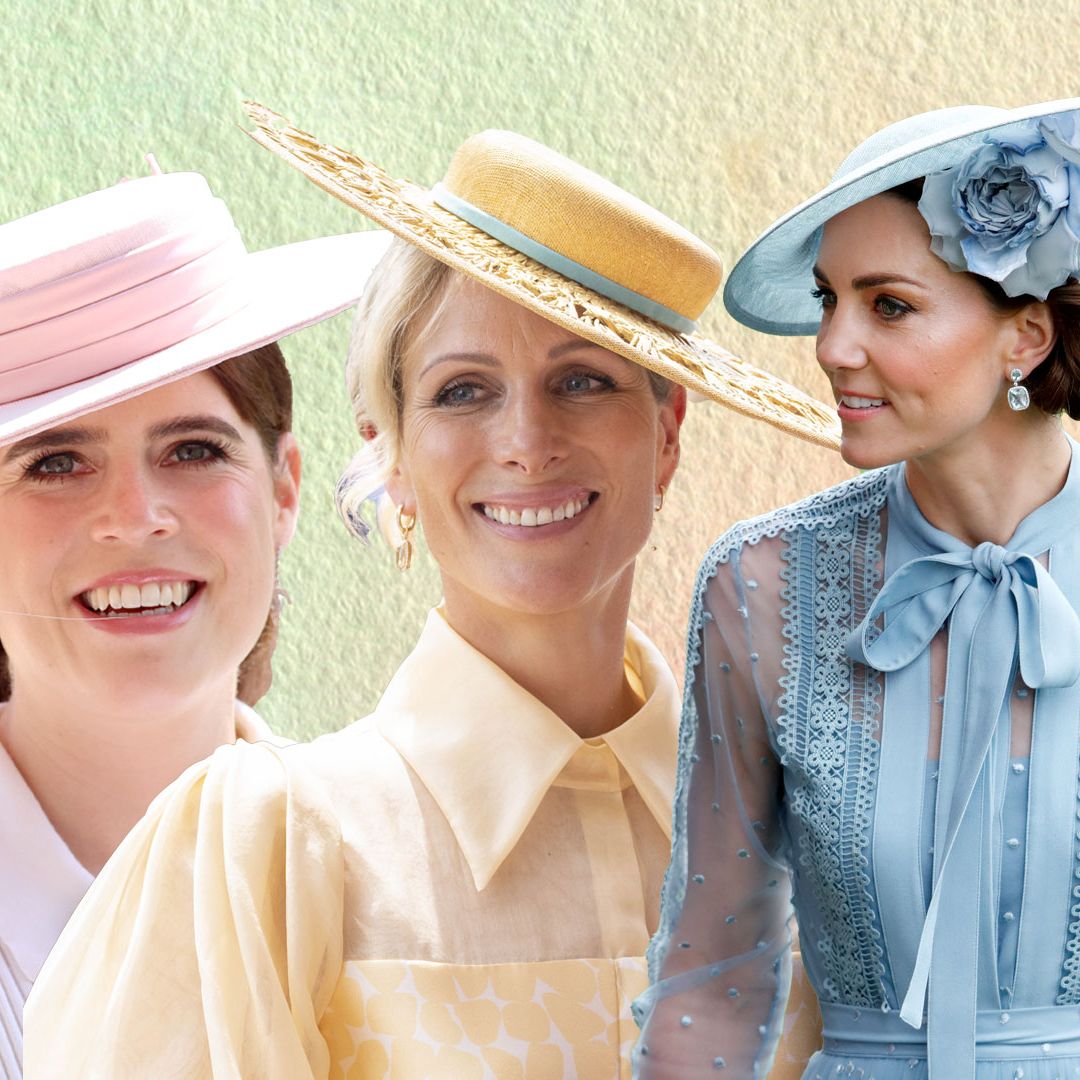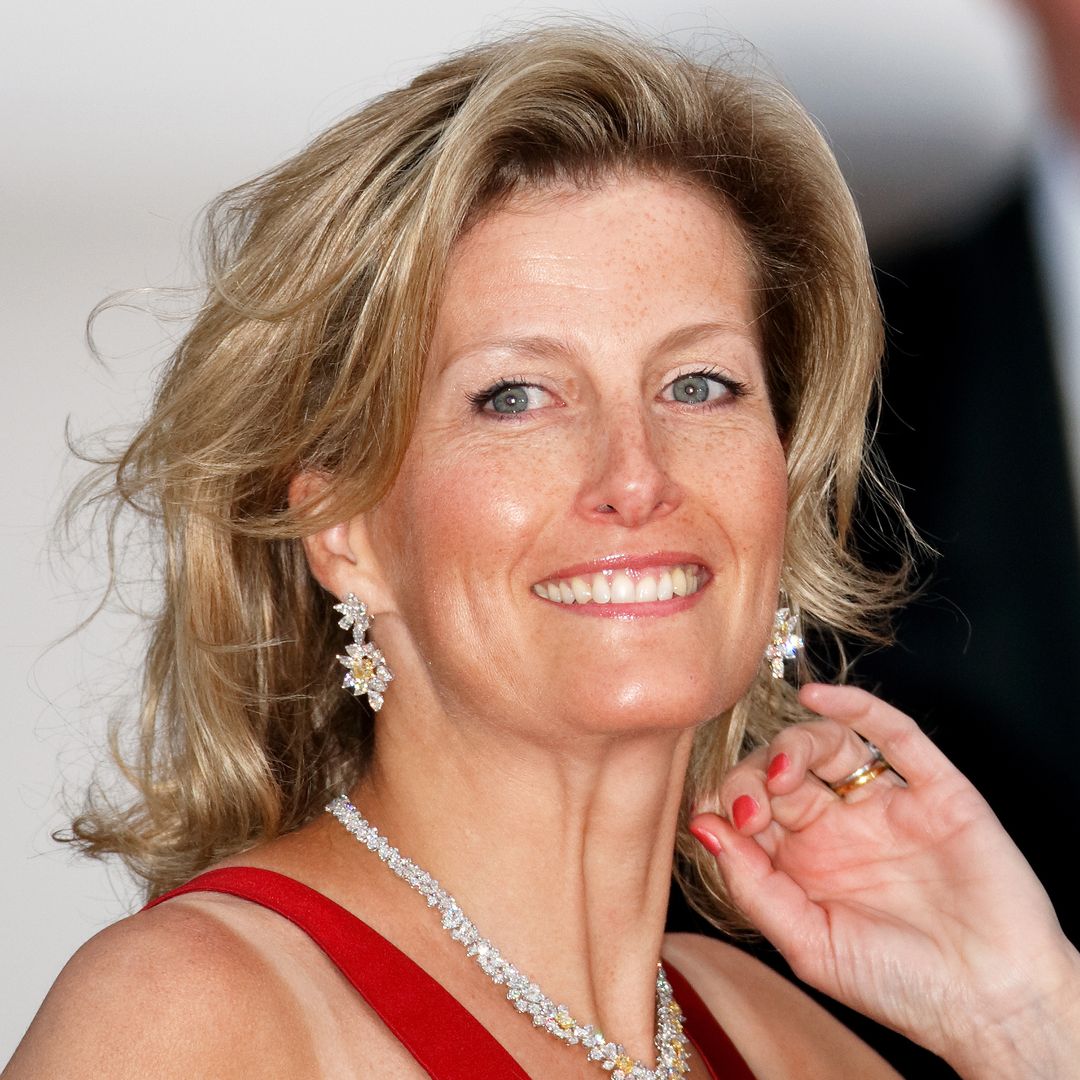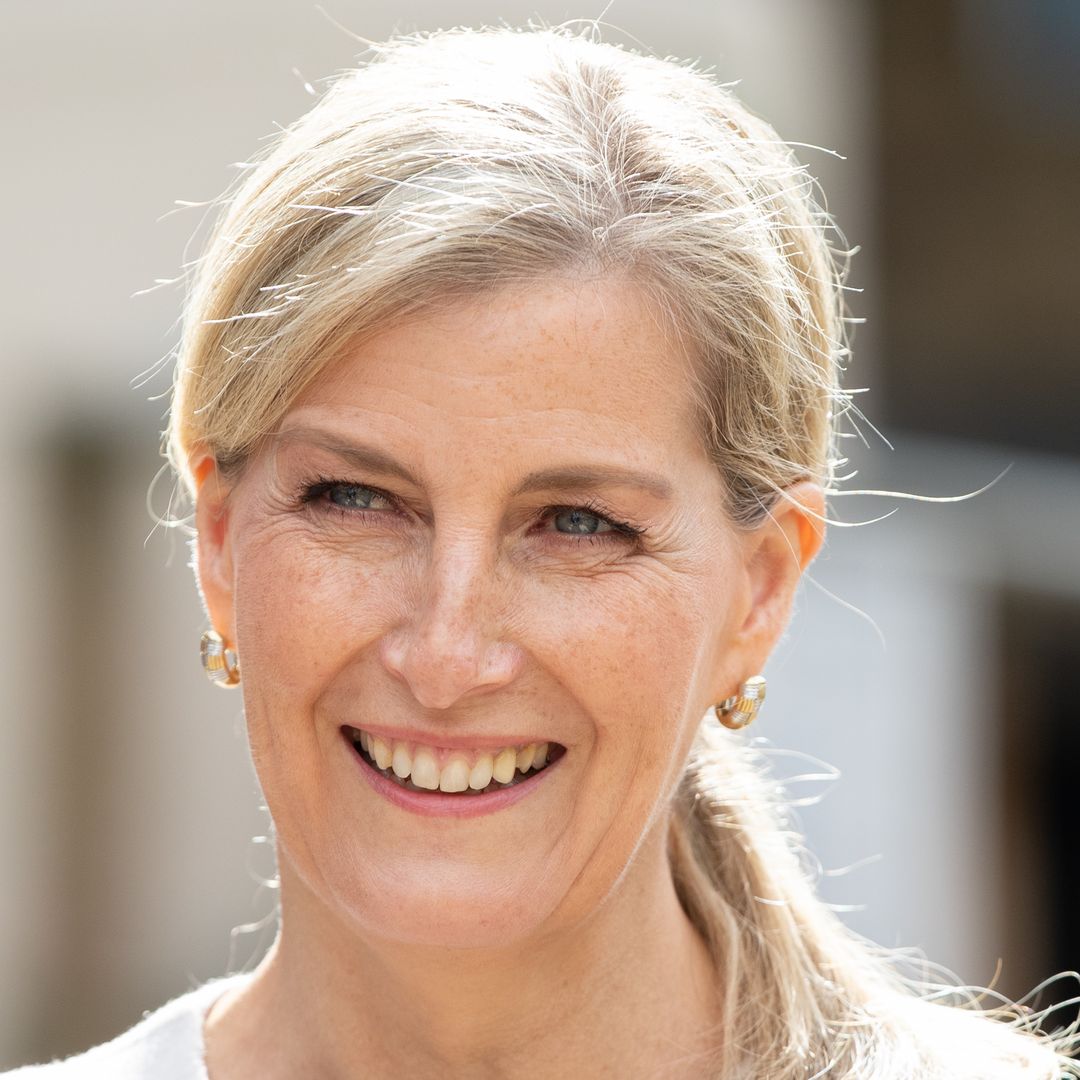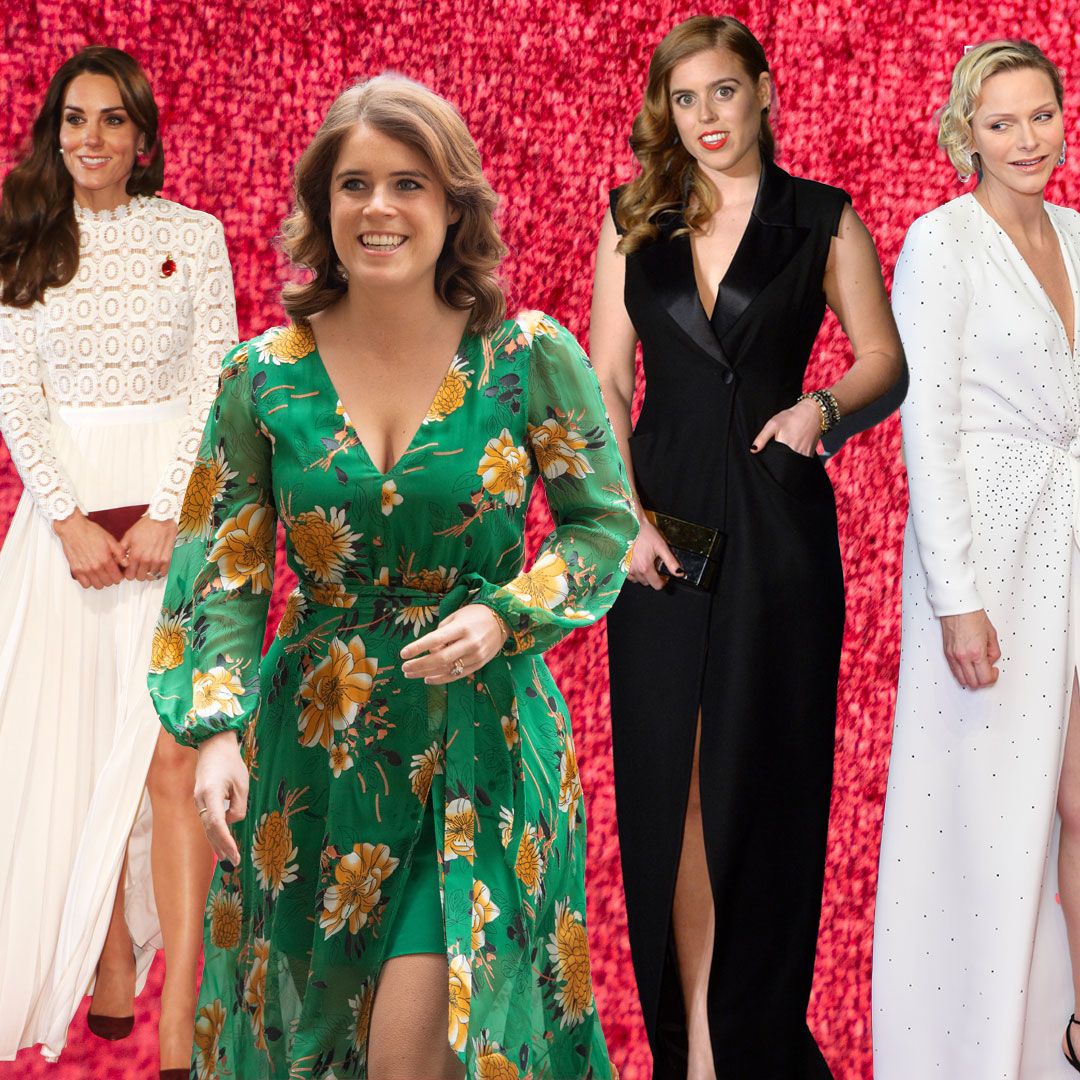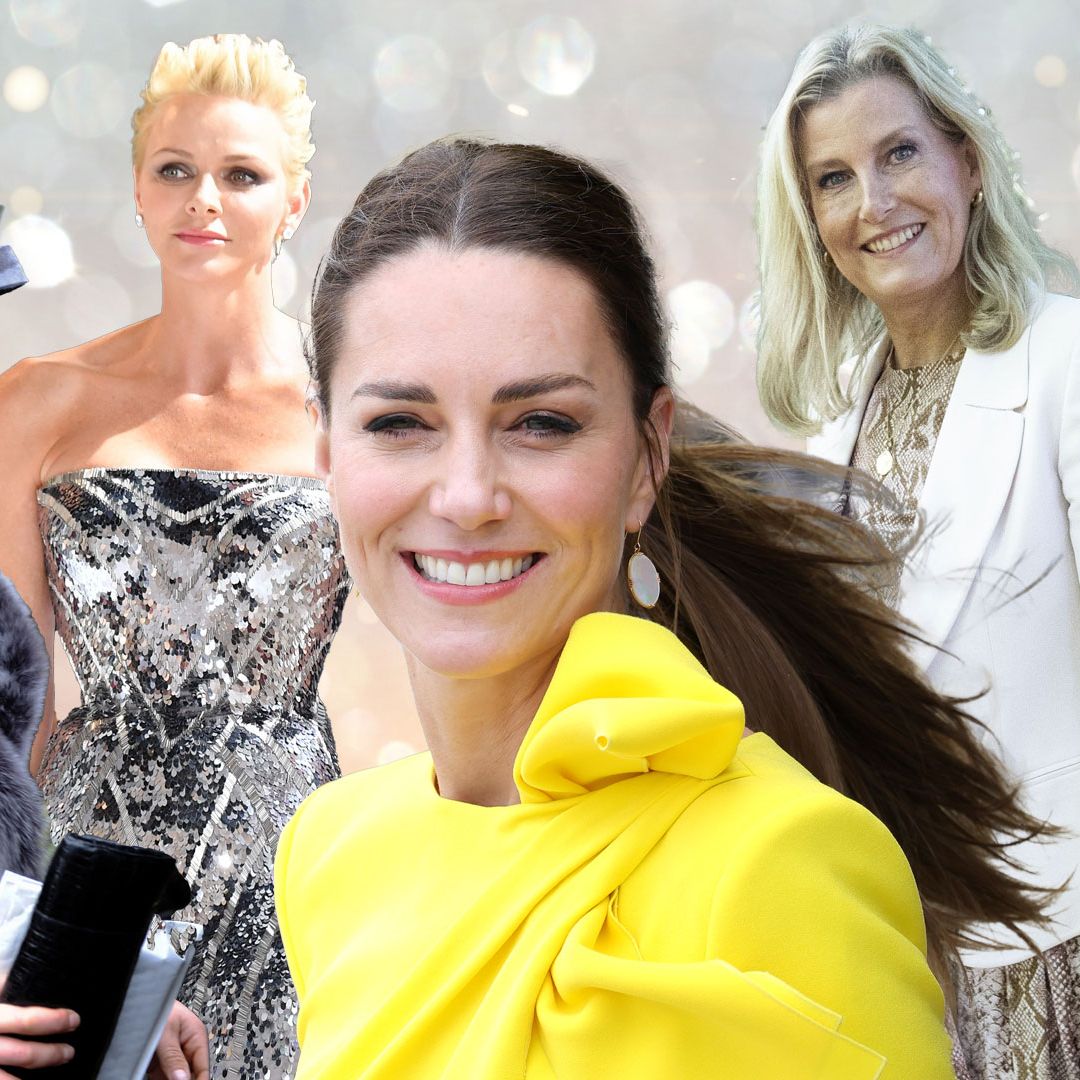King Charles III has been crowned in a coronation which will go down in history. A short time after His Majesty was anointed with the holy oil, he sat on his throne to receive St. Edward's Crown for the first time.
The service itself, which was watched by millions across the globe, is a defining moment in his reign and in the history of the British monarchy after the passing of Queen Elizabeth II. Royals in attendance included the Prince and Princess of Wales, Prince Harry and the Duke and Duchess of Edinburgh.
Onlookers noticed that various members of the royal family wore white for the historical event. Princess Kate, Duchess Sophie, Princess Charlotte and of course, Queen Camilla herself looked beautiful in pristine white ceremonial robes.
But why did the royals don white for the coronation? We had a dig to find out…
Tradition
The wearing of white has been a long-running tradition within the royal family for coronations. The late Queen Elizabeth II wore white for her coronation in 1953, in addition to other royal women and members of the British aristocracy. According to celebrity stylist and royal fashion expert Miranda Holder: "The Queen and her maids of honour would wear white 'court dresses' to symbolise the purity and divinity of the Monarch - who was, after all, believed to be appointed by God - this is classic colour psychology."
She continued: "Although many guests at the ceremony avoided wearing this colour it is unlikely that they were specifically told to avoid wearing white, we know from various leaks in the build-up to the big day that the invitations specified day dress or national dress, with no reference to specific colours."
Union Flag
The colour pairing of the royal robes sported by the Princess of Wales was a nod to the colour scheme of the Union Flag. The flag is made up from blue, red and white – all hues incorporated into Princess Kate’s Alexander McQueen outfit.
Kate's outfit was made in an ivory silk crepe material, with silver bullion and threadwork embroidery featuring rose, thistle, daffodil and shamrock motifs – to signify the four nations of the UK. The deeply meaningful outfit was made even more poignant by the addition of the late Queen's stunning George VI Festoon Necklace, which features three strands of sizeable diamonds. The Princess also added Princess Diana's pearl and diamond earrings in an extra tribute, finished with Gianvito Rossi silk pumps.
Kate teamed her look with a bespoke headpiece made in a collaboration between milliner Jess Collett and Alexander McQueen. Sweetly, Princess Charlotte matched her mother in a custom Alexander McQueen look, too – a dress and cape in ivory silk crepe with ivory satin stitch embroidery featuring rose, thistle, daffodil and shamrock motifs.
MORE: Princess Kate stuns in coronation outfit with Queen's diamonds and floral headpiece
Symbolism
The colour white symbolises purity and simplicity. This is significant for the royals who wore the angelic hue, in particular Queen Camilla, as it symbolises the dawn of new beginnings – no doubt a nod to the start of her new reign.
The Queen also wore traditional ermine fur in a creamy shade of white with black spots. Ermine comes from stoats and is another highly symbolic material, especially in Europe. The pelt of the ermine has come to represent purity and was traditionally only worn by the most prestigious members of society.
During the reign of Edward III (1327–77) the wearing of ermine was restricted to members of the royal family and has since retained its connotation of exclusivity.
Queen Camilla was undeniably regal in a custom-made Bruce Oldfield gown and the crimson velvet Robe of State for the coronation ceremony. The beautiful gown featured Bruce Oldfield’s signature panelling to give a fitted silhouette to the back of the bodice, with a short train that was designed to suit Her Majesty's coronation robes.
The ivory dress is made from Peau de Soie, a silk fabric with a dull lustre finish, and woven by Stephen Walters in Suffolk, England. With an ivory, silver and gold colour palette, bracelet-length sleeves, a strong shoulder and a wide V-neck neckline – it shrouded Camilla in a regal silhouette for the historic ceremony.
READ: King Charles' III's coronation timetable: an hour-by-hour guide
